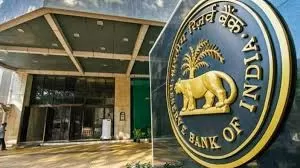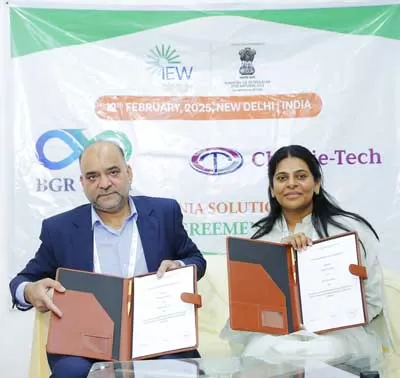As urban areas expand and cities continue to grow, the need for sustainable building practices becomes more pressing than ever. Today, more people recognize the importance of creating urban environments that coexist harmoniously with nature. The question we must ask is: Can we build cities that not only meet our needs but also embrace the natural world?
The Rise of Sustainable Building
The concept of sustainable building is not new, but its importance has dramatically increased in recent years. With over 5.3 billion square feet of green building space in India alone, the shift towards eco-friendly construction is clear. This transition isn't just a trend—it's a necessary evolution as we confront the environmental challenges posed by rapid urbanization.
Reducing Our Carbon Footprint
Buildings are significant contributors to carbon emissions, accounting for nearly 40% of global emissions due to construction activities and the use of energy-intensive materials like steel and concrete. In India, the construction sector is responsible for 30% of the nation's carbon emissions and generates an astounding 530 million tons of waste annually. This waste could fill 200,000 Olympic-sized swimming pools, highlighting the urgent need for more sustainable practices.
However, sustainable building practices are helping to reduce these impacts. For instance, green buildings in India are already reducing energy consumption by up to 40%, with a significant portion of their energy coming from renewable sources. By 2030, these buildings are projected to decrease carbon emissions by 33-35%. This is a testament to the power of sustainable construction methods and the positive impact they can have on our environment.
Building Smarter with Sustainable Materials
The choice of materials plays a crucial role in sustainable construction. Traditional materials like steel and concrete are energy-intensive and have a high environmental impact. For example, producing new steel emits over 2.5 tons of CO2 per ton of steel. However, using recycled steel can reduce these emissions by up to 60%. Similarly, conventional concrete production emits about 1 ton of CO2 for every ton of cement produced. By incorporating eco-friendly alternatives like geopolymer concrete, we can cut down these emissions by up to 35%.
The Power of Local Materials
Another key aspect of sustainable construction is the use of locally sourced materials. Materials like rammed earth not only reduce transportation emissions but also offer excellent thermal insulation, reducing the need for additional heating and cooling. Rammed earth construction can lower embodied energy by up to 30% compared to conventional materials. This practice not only supports local economies but also minimizes the environmental impact of transporting materials over long distances.
Innovative Approaches to Green Building
Around the world, innovative sustainable building projects showcase the potential of eco-friendly construction. In India, several projects have set remarkable benchmarks in sustainability by integrating cutting-edge technologies, adopting eco-friendly practices, and prioritizing environmental conservation.
The construction industry is one of the largest contributors to environmental degradation. Yet, it also holds immense potential to drive positive change. By adopting sustainable building practices, we can reduce the environmental impact of construction and create healthier, more livable urban environments.
Integrating renewable energy sources into building designs is a key component of sustainable construction. Solar panels, wind turbines, and other renewable energy technologies can significantly reduce a building's reliance on fossil fuels, cutting down on carbon emissions and promoting a more sustainable energy future.
Water Conservation
Water is another critical resource that must be conserved in sustainable building practices. Rainwater harvesting, greywater recycling, and efficient water fixtures can help reduce water consumption and preserve this precious resource. By implementing these practices, buildings can significantly reduce their water footprint and contribute to more sustainable water management.
As the construction industry continues to shape the landscapes of our cities and communities, it must embrace a more sustainable path forward—one that prioritizes the health of our planet and the well-being of future generations. The choices we make today in building materials, design, and construction practices will have lasting impacts on our environment and quality of life.
By choosing sustainable building practices, we are not just constructing buildings but also building a better future. We are creating cities that work with nature, not against it, and ensuring that our urban environments remain healthy and vibrant for generations to come.
Eco-Blueprints: Mastering Sustainable Construction
By integrating sustainable practices into every aspect of construction, we can reduce our environmental footprint, conserve valuable resources, and create healthier, more livable spaces. The future of urban development lies in embracing these eco-blueprints and mastering sustainable construction practices. The time to act is now, and the path forward is clear. Let's build a future that enhances life with green practices and ensures a sustainable world for all. To dive deeper into how sustainable building practices are shaping our future, don't miss our latest YouTube video
https://www.youtube.com/watch?v=QYmRyVu-cLwF

















